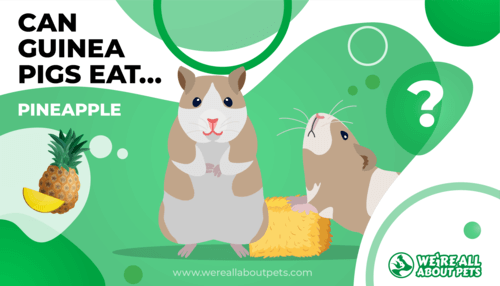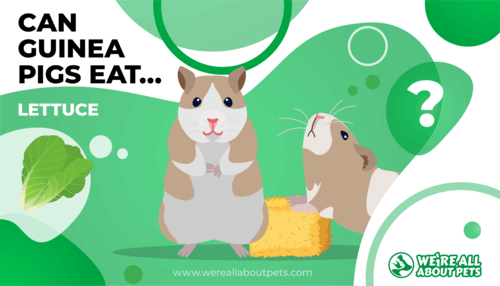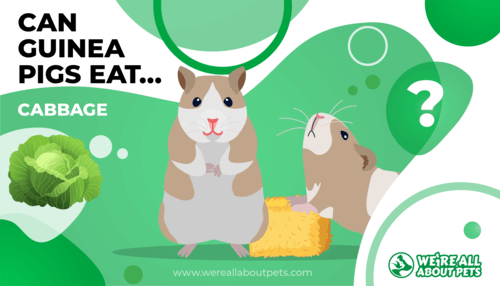The Teddy Guinea Pig: Origin, Lifespan And Characteristics
This page contains affiliate links. We may earn money or products from the companies mentioned in this post through our independently chosen links, which earn us a commission. Learn More
The teddy guinea pig, otherwise known as the teddy bear guinea pig, or Cavia porcellus are not one of the most common breeds of guinea pig to be kept as a pet, but they are moderately easy to care for. Teddy guinea pigs are a small, docile and friendly type of guinea pig, and are also known for their coarse hair coat.
Origin
Guinea pigs originated from South America, in the rolling mountain ranges of the Andes. Domesticated around 3000 years agon, the original cavy species was the Peruvian guinea pig. These small animals have become very popular pets, and are also used extensively in laboratory research.
The teddy guinea pig is descended from both the long haired American guinea pig, and the short coated Abyssinian. However, as the long-haired gene is recessive, it is the Abyssinian short hair coat which is prevalent in a teddy guinea pig. They also have a genetic mutation resulting in a hair ‘kink’ causing their distinctive look. It is this dense coat, along with their wide ’roman nose’ that gives rise to their teddy bear name.
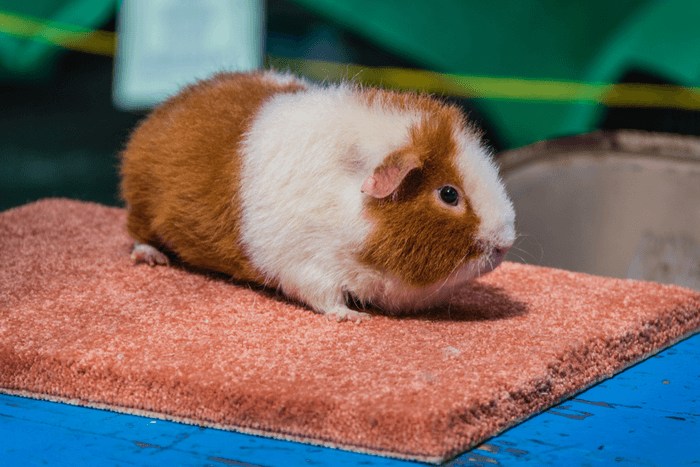
Lifespan
Teddy guinea pigs have an average lifespan of around 4 to 8 years, which is normal for these small pets. Although fairly low maintenance, they are still a multiple year commitment to take on.
They are prone to a few common piggy health conditions.
- Scurvy – guinea pigs need Vitamin C in their diet, and a lack of it can cause scurvy. Symptoms include weakness and difficulty moving
- Respiratory problems
- Parasites – mites and lice can cause skin problems such as itching and hair loss.
- Dental concerns – overgrown teeth are a common problem. Watch out for excess salivation, difficulty eating and weight loss.
There is more information here about guinea pig health condition. Always see a veterinary surgeon if you are concerned about any health issues.
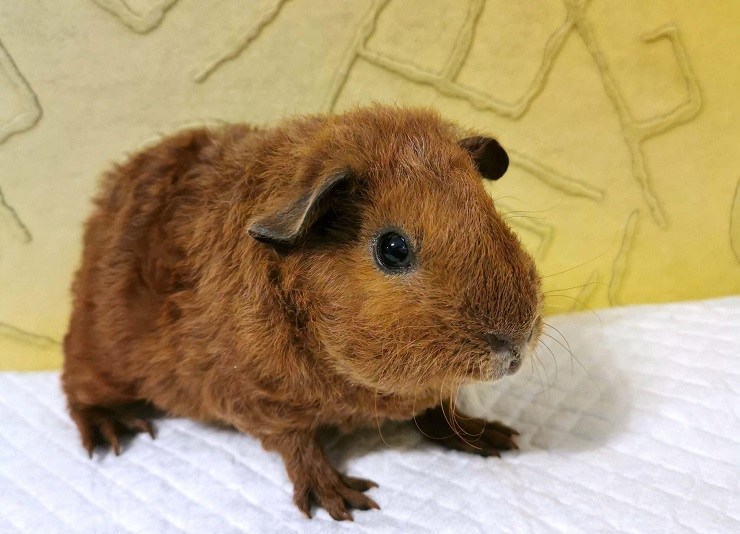
Characteristics
Physical attributes
A teddy guinea pig is usually recognised from other breeds of guinea pigs by their short, dense fur and their wider, upturning ‘Roman nose’. Teddy guinea pigs are also slightly smaller than other types of guinea pigs, only reaching around 10-12 inches long, weighing about 1.5 – 3 pounds.
Temperament
Teddy guinea pigs are generally docile and easily handleable. These popular pets can enjoy cuddles and human interaction, although can be nervous at first. Build up handling slowly by starting with short sessions and always remaining calm and gentle. Guinea pigs are most active in the daytime, so can be more suitable as a small pet than something nocturnal like a hamster.
Although cuddly and quiet, guinea pigs are social animals and should be kept in same-sex pairs or small groups. Two guinea pigs are always better than one! Male pairs can fight, and so a common grouping is a pair of females.
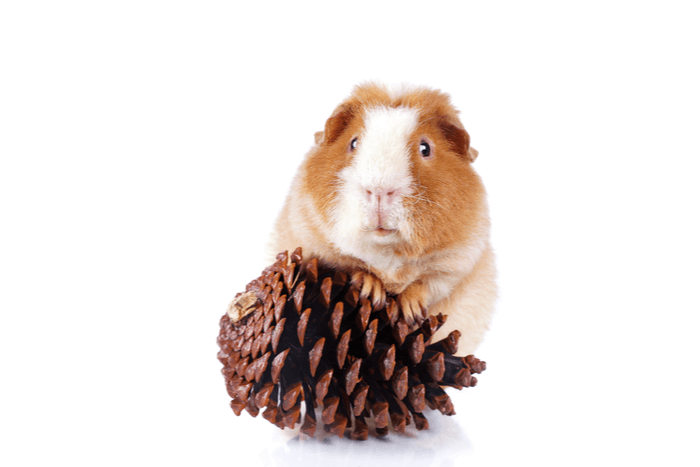
Care guide
The teddy guinea pig breed is fairly low maintenance, but every good guinea pig owner knows that there is a certain level of care needed for any small pet to ensure comfort, happiness, and good health.
Diet
All breeds of guinea pigs need fresh water provided. Water bottles tend to be preferred as guinea pigs often just walk straight through water dishes. Water bottles should be washed regularly, and the water refreshed daily.
A guinea pig diet is vegetarian. Provide plenty of timothy hay, which is excellent for both tooth wear and good digestion but also as a suitable nesting material. Provide it ad-lib, so that the guinea pigs can eat it and use it as bedding. The other mainstay of a guinea pig diet is a commercial pellet mix, which should always be supplemented with Vitamin C, as guinea pigs are incapable of making their own and are therefore predisposed to scurvy. There are some excellent options here.
Alongside pellets and timothy hay, offer some fresh fruits and veggies daily. These can include carrots, kale, peppers, apples, and blueberries. Fruit is high in sugar, so feed in moderation. Feeding the correct diet is very important to prevent several common cavy health issues.
Housing
As with any guinea pig breed, the teddy cavy needs to be kept in pairs or groups, and therefore the enclosure size should reflect this. Wire cages are good for ventilation and cleaning, but must have a solid bottom to protect their piggy feet. Their cage should be as large as you can fit, but at least 30 by 50 inches for two guinea pigs. Check out some good options here. Use around 2 inches of a paper based bedding for comfort.
Buying A Teddy Guinea Pig
The teddy cavy is not always to be found at a usual pet store. It is best to check the American Cavy Breeders Association to find a reputable breeder.
Frequently Asked Questions
Are Teddy guinea pigs friendly?
Yes, the teddy guinea pig breed is known to be docile, cuddly and easily handleable, as long as they are handled frequently and gently.
How much does a teddy guinea pig cost?
It depends slightly on whether you go through a breeder, a pet store or a rescue. Expect to pay around $20-40 on average.
How rare are teddy guinea pigs?
They are not rare, although not as common as some other guinea pig breeds.
Is a teddy guinea pig a Rex?
The teddy guinea pig breed is a distinct type of piggy, descended from a cross between a Abyssinian and an American guinea pig. Their dense hair coat is similar, but they are not a Rex.

